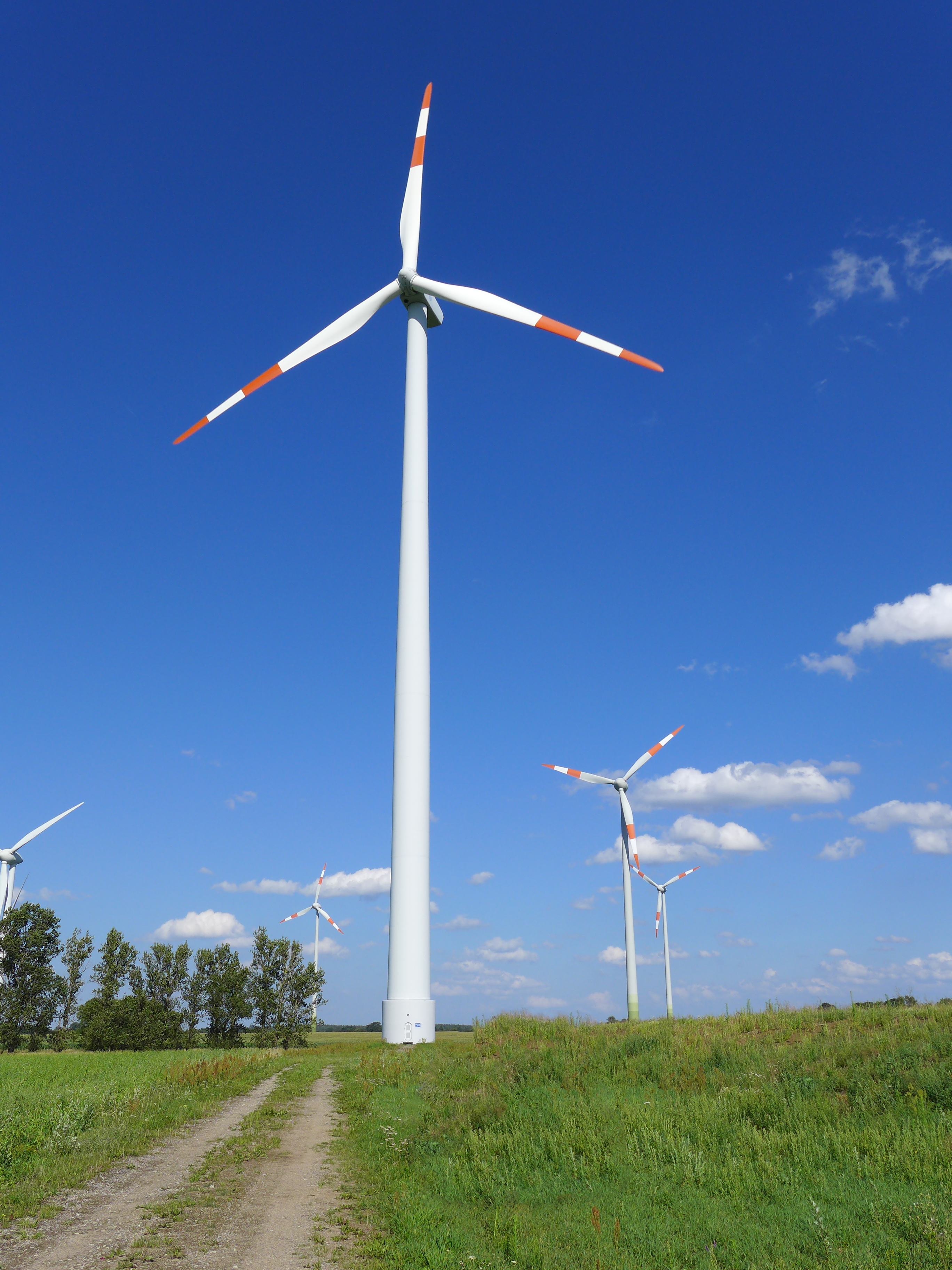
Rotor blades of wind turbines have a service life of 10 - 20 years (Figure 1). After this, they are usually incinerated at a cement plant. A renewed material utilization of the components does not take place.
With a length of 40 m and a mass of approx. 26 tonnes, a rotor blade consists of approx. 24 t glass fiber-reinforced plastic (GRP), 1.3 t balsa wood and 0.5 t metal. With an average balsa wood density of 150 kg/m³, such a rotor contains around 8.5 m³ of valuable balsa wood, which is available for recycling processes.
Subsequent to the first use in the rotor blade, the outstanding material properties of the balsa wood should then be used in a second application in insulation material, preferably through cascade utilization.
In an innovative SME project at the Fraunhofer Institute for Wood Research WKI in collaboration with the Nuremberg Tech (TH Nürnberg) and seven small and medium-sized partner companies, suitable recycling and reutilization procedures for the accruing large volumes of balsa wood are to be defined.
The project partners are focusing on a holistic consideration of the recycling chain for the balsa wood. They thereby undertake rotor-blade dismantling in the field, mechanical material processing and the homogenous separation at the recycling depot as well as the development of recovery procedures – which form the main focus of the project.
 Fraunhofer Group for Materials and Components - Materials
Fraunhofer Group for Materials and Components - Materials